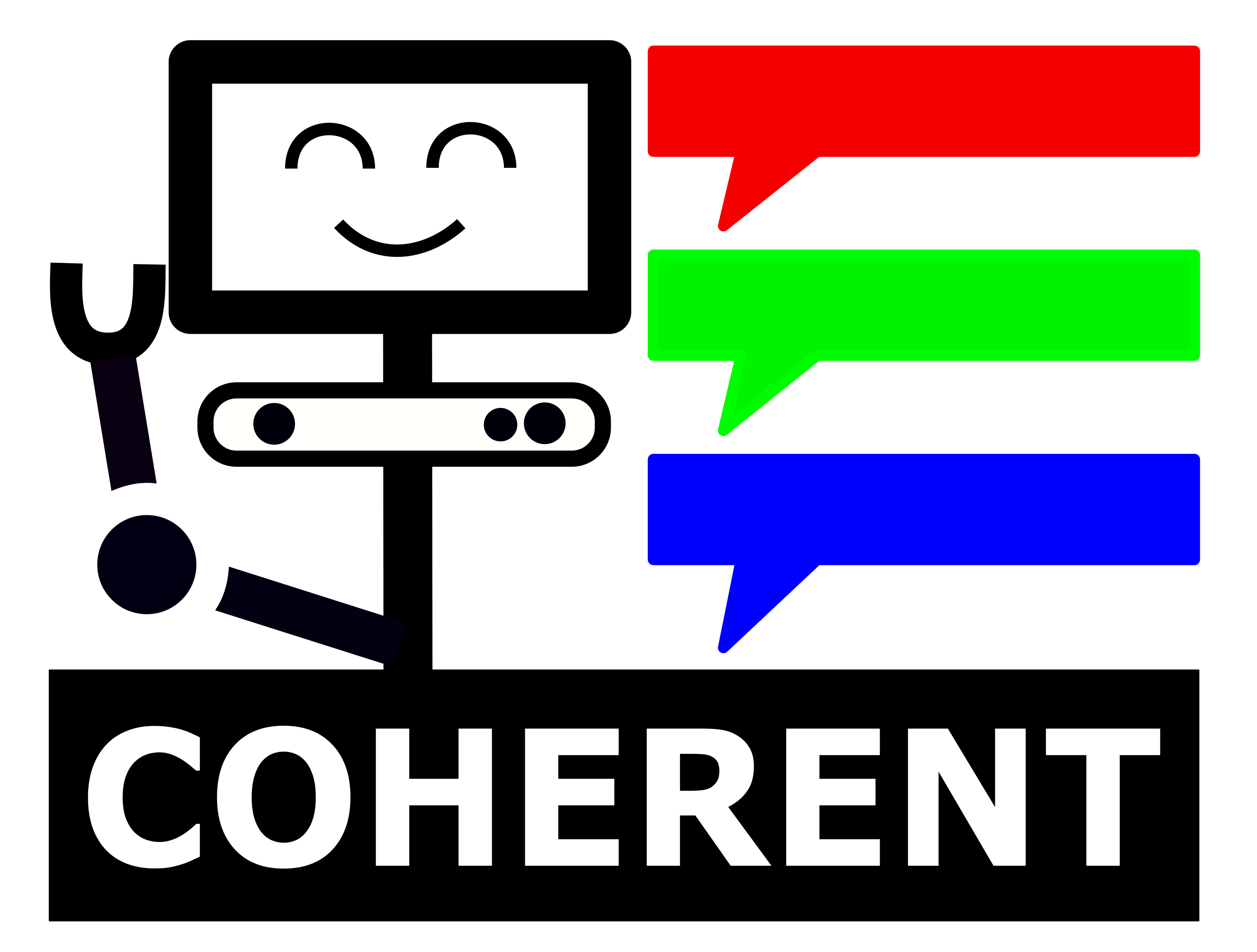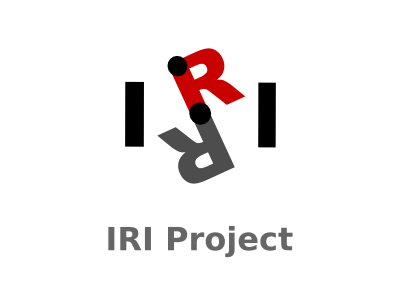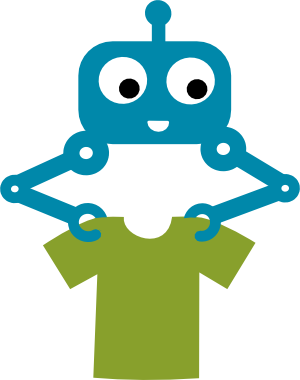Last updated: May 2025
Last updated: May 2025

Robots are rapidly emerging in society and will soon enter our homes to collaborate and help us in daily life. Robots that provide social and physical assistance have huge potential to benefit society, especially for those who are frail and dependent. This was evident during the Covid-19 outbreak, where assistive robots could aid in the care of older adults at risk, in accessing contaminated areas, and providing social assistance to people in isolation.
However, for these robots to be useful they need to be autonomous and robust, to be operated by non-expert users like any other household appliance. As such, autonomy requires robots to be able to reason about the task they are performing. This implies knowledge of their capabilities, being able to reason about their goals, and deciding which can or cannot be achieved. In addition, they need to examine if the plan to be executed is applicable and modify it accordingly, while considering potential future issues. Finally, as they are acting in a human environment they need to communicate and explain these reasons to a human user.
This project will build upon the work done in the widely used ROSPlan framework (developed at KCL) and take inspiration from works carried out in the context of Goal Reasoning, Plan Repair, Continual Planning, and Explainable AI. These works have traditionally focused on non-robotic systems or space/underwater autonomous robots. However, in this project the focus is on assistive and service robotics with the presence of humans. This poses new challenges that have yet to be tackled, given that humans may either help or disturb the robot, and the algorithms driving the robot’s autonomy must be able to handle this to work with humans and get along with them.

For robots to build trustable interactions with users two aspects will be crucial during the next decade. First, the ability to produce explainable decisions combining reasons from all the levels of the robotic architecture from low to high level; and second, to be able to effectively communicate such decisions and re-plan according to new user inputs in real-time along with the execution. COHERENT will develop a novel framework to combine explanations originated at the different robotic levels into a single explanation. This combination is not unique and may depend on several factors including the step into the action sequence, or the temporal importance of each information source. Robotic tasks are interesting because they entail performing a sequence of actions, and thus the system must be able to deliver these explanations also during the execution of the task, either because the user requested or actively because an unforeseen situation occurs. COHERENT will propose effective evaluation metrics oriented to the special case of explanations in HRI systems. The proposed measures, based on trustworthiness and acceptance, will be defined together with the definition of benchmark tasks that are repeatable and enable the comparison of results across different explainable developments.
This CHIST-ERA project is a joint effort with IRI and PRISCA-UniNa.

The goal of the THuMP project is to advance the state-of-the-art in trustworthy human-AI decision-support systems. The Trust in Human-Machine Partnerhsip (THuMP) project will address the technical challenges involved in creating explainable AI (XAI) systems so that people using the system can understand the rationale behind and trust suggestions made by the AI. ThUMP will also investigate the legal and ethical challenges involved in instantiating an XAI system for solving resource allocation problems in critical domains, based on varied data from multiple sources, with different levels of reliability and completeness. This project is done in collaboration with two project partners: Save the Children and Schlumberger that provided use cases for the project, and the law firm Hogan Lovells that will cooperate in investigating the legal implications of enhancing machines with transparency and explanations, and how this affects liability and accountability of machines and shared responsibilities.

The goal of HuMoUR is to develop novel computer vision tools to estimate and understand human motion using a simple camera and use this information as a demonstration to teach a general purpose robotic assistant to perform new complex manipulation tasks. In Robotics, this learning paradigm is referred to as Learning from Demonstration: a non-expert teacher repetitively executes a task so the robot can learn the steps and variability of the actions. Typical setups take place in controlled laboratory facilities and consist of a manipulator arm teleoperated by the user through a haptic device. In order to bring this technology to the next stage of development and out of the laboratory, we believe it is paramount to contribute both on the sensing and action fronts of the problem. HuMoUR will advance both these fields.
The outcomes of the sensing modules will be the primary key to endow service robots with new features and learning possibilities. On this regard, we aim to (4) adapt existing reinforcement learning algorithms such that they can be carried out at end-users home with demonstrations recorded by one single camera; (5) propose new planning strategies to account for robot adaptation to user requirements, and to contacts between the robot and the environment/people; and (6) implement new protocols that ensure human safety in the tasks where there is a close interaction with the robot. 3D human motion prediction algorithms will play an essential role to deploy such protocols.

I-DRESS was a CHIST-ERA 2014 project coordinated by the Institut de Robòtica i Informàtica Industrial, CSIC-UPC. The consortium included also the Bristol Robotics Lab (University of West of England, United Kingdom) and the IDIAP Research Institute (Switzerland).
The main objective of the project is to develop a system that will provide proactive assistance with dressing to disabled users or users such as high-risk health-care workers, whose physical contact with the garments must be limited to avoid contamination. The proposed robotic system consists of two highly dexterous robotic arms, sensors for multi-modal human-robot interaction and safety features.